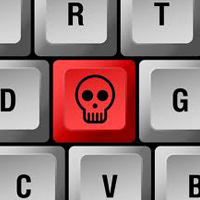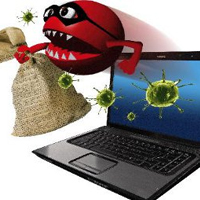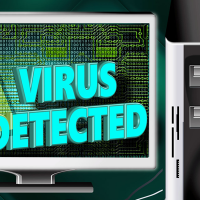Virus Overview
Computer Viruses are one of the biggest “bogeyman” of the Internet, and with attacks by Melissa, ILoveYou, Nimda, and Michelangelo, there are damage estimates and virus warnings all over the Internet. But what are they really?
A virus is a program that spreads to other computers. Like all forms of malware, it both runs without the user’s knowledge or permission and it can interfere with other programs that are trying to run on the same computer. Some viruses also carry a payload, like ticking time bombs. On a given date, or after a certain time after the computer is infected, the virus will “trigger.” This trigger can damage files, erase drives, or attack other systems over the Internet.
Viruses have two major goals. First, they need to be run and installed on the infected computer, and two, they need to spread to other computers. And they need to meet these two goals without alerting the owner of the computer.
There are a wide variety of ways for a virus to infect a system. Many early viruses used the “boot sector” of a floppy disk as their infection point. If the user powered on the computer with an infected floppy disk in the drive, the computer would try to boot from the floppy.
The virus would infect the system, but make it look like the computer had tried to boot from a blank floppy disk. The virus met both goals at the same time, because every time a new disk was inserted into the drive, the virus would put another copy of itself into the boot sector. Today, floppy disks are far less common, and boot sector viruses have all but disappeared.
One of the most common infection routes today is by email attachment. Many viruses today will even search the address book and send out emails without the owner’s knowledge.




